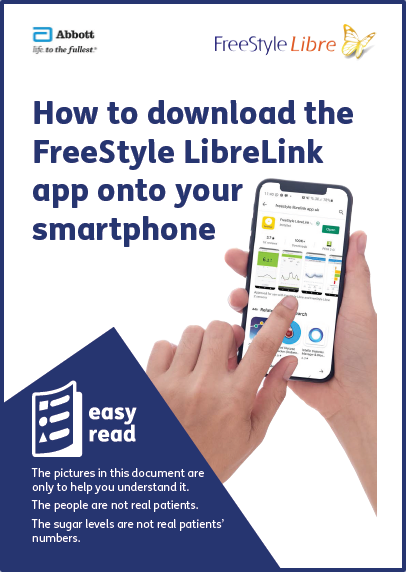

Regular measurement of blood glucose (BG) levels by self-monitoring of blood glucose (SMBG) is a prerequisite for an adequate therapeutic treatment of patients with diabetes mellitus, especially for those with an intensified insulin therapy, for example patients with type 1 diabetes. Studies showed that glycated hemoglobin (HbA 1c) levels and hypoglycemic events can be significantly reduced by frequent use of CGM systems. Educated patients can use these data to react adequately to their glucose levels and therefore avoid hypoglycemic and hyperglycemic events. SummaryĬGM systems provide a much more detailed picture of glycemia in people with diabetes. The high frequency of glucose data and the multitude of existing functions require an extensive training of people with diabetes and their caregivers. Functions such as alerts, alarms and trend arrows and data presentation encourage independent self-management of diabetes therapy. Depending on the used system, glucose levels are either shown in real time (rtCGM systems) or after scanning (iscCGM systems). The only available implantable sensor facilitates a measurement span of up to 6 months. Sensors of all currently available CGM systems measure glucose levels in the subcutaneous interstitial fluid for 6–14 days.

With increasing accuracy and simplified handling of continuous glucose monitoring (CGM) systems, this evolving technology challenges and at least partly replaces SMBG systems. For a long time, self-monitoring of blood glucose (SMBG) was widely viewed as the essential glucose measurement procedure in the therapy of insulin-treated people with diabetes.


 0 kommentar(er)
0 kommentar(er)
